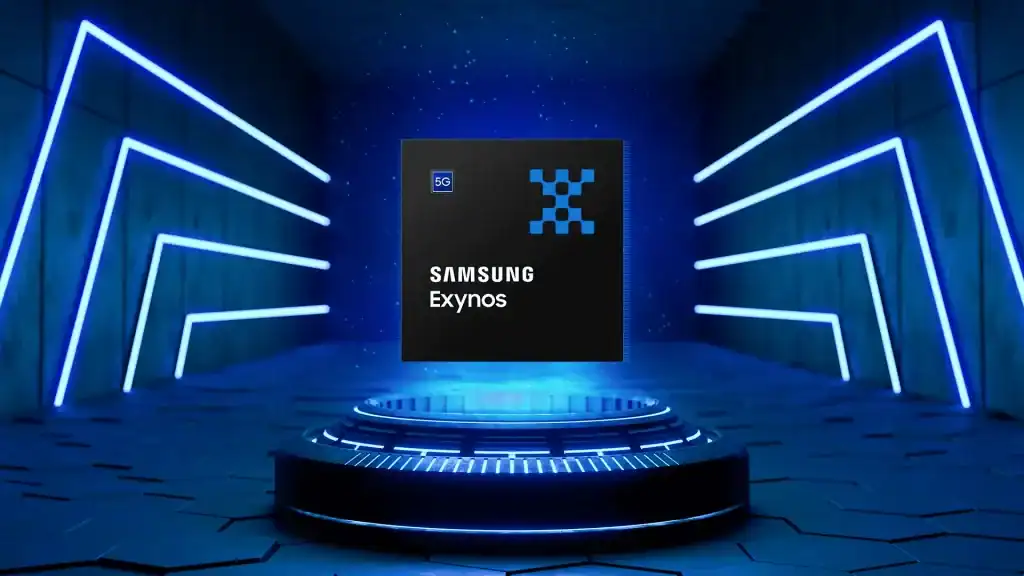The Galaxy S26 Exynos leak is quickly becoming the most significant hardware rumor ahead of Samsung’s 2026 flagship lineup — not because Samsung is just testing a chip, but because it appears to be preparing a full-scale return of its in-house silicon across multiple models. A newly certified Exynos S6568 connectivity chip has surfaced in a Bluetooth SIG listing, confirming that Samsung is not only bringing Exynos back, but also pairing it with a dedicated companion module to optimize wireless performance for the Galaxy S26 series.
This companion chip isn’t a placeholder — it’s engineered specifically to work alongside the upcoming Exynos 2600 SoC. That suggests Samsung is taking the rebuild seriously and is aiming for deeper silicon integration rather than the “drop-in replacement” model used in older Exynos generations.

Where Exynos 2600 is expected to ship — and where Samsung won’t risk it yet
Despite early speculation that Samsung might go “all-in” on Exynos globally, the more credible reports show a region-based rollout:
| Region | Likely Chip | Reason |
|---|---|---|
| US / Canada | Snapdragon 8 Elite Gen 5 | Carrier requirements + mmWave certification |
| Japan / China | Snapdragon | Local ecosystem tuning + OEM pressure |
| Europe | Exynos 2600 | Historically Samsung’s testbed |
| South Korea | Exynos 2600 | Home market showcase |
| India | Exynos 2600 (very likely) | High-volume, high-visibility stress test |
This split alone shows that Samsung still isn’t fully confident in Exynos globally — but is confident enough to push it in major regions.
Real-world performance: not benchmarks — experience
The secondary keyword, as you chose, is placed below:
The bolded “Exynos 2600 leak” suggests that Samsung is claiming major architectural gains — especially in GPU and AI processing — which historically were the weak points of Exynos chips. Early numbers suggest a 25–30% uplift in GPU performance over Snapdragon, which, if true, would mark the first time Exynos challenges Qualcomm in gaming and sustained load graphics rendering.
CPU: Burst vs sustained performance
Snapdragon may still lead in short single-core spikes (app launch speed)
Exynos 2600 could win in long-running workloads due to better 2nm efficiency
Users will feel this most in: multitasking, video rendering, camera AI, thermals.
GPU: The potential game-changer
If Samsung’s GPU claims hold up, Exynos may finally eliminate the “Snapdragon is better for gaming” narrative — a first.
AI/NPU: Samsung is targeting Apple here
The leak claims up to 6× faster NPU vs Apple A19 Pro.
That means:
Live photo enhancement
Real-time video AI
Offline translation speed
will all improve instantly at the UI level.
Battery + heat
This is the make-or-break:
If thermal stability really improves from 2nm GAA and the separate connectivity chip lowers RF heat, Exynos will finally fix its historical weakness.
If not — the “Exynos curse” returns.
Why Samsung is pushing Exynos 2600 now — the bigger play
This comeback is not just about ditching Qualcomm. It’s about regaining control of three layers of the flagship stack:
Design (SoC architecture)
Manufacturing (Samsung Foundry 2nm)
Optimization (wireless companion chip S6568)
For years, Samsung built Snapdragon-equipped phones that depended on external silicon cycles. Now, the company wants to behave more like Apple — controlling both the phone and the platform powering it, instead of renting performance every generation.
The new multi-chip approach (main + companion) is exactly how Apple optimizes battery and thermals behind the scenes.
Samsung is clearly trying to replicate that playbook.
Why yield matters more than raw performance this time
One of the biggest reasons Exynos struggled historically was inconsistent production and poor thermal headroom due to weak node efficiency.
Now, Samsung Foundry claims:
| Node | Yield % | Significance |
|---|---|---|
| 3nm (older) | unstable | Not consumer-ready |
| 2nm (new GAA) | ~50% | First stable Exynos-class yield |
50% sounds low, but it’s actually a breakthrough for a brand-new node.
If Samsung stabilizes yields closer to 65–70% before launch, the Exynos 2600 will not only be viable — it could outperform Snapdragon in consistency, not just bursts.
This explains why Samsung is comfortable giving Europe and Korea the Exynos variant first, while keeping Snapdragon as a fallback in North America.
It’s confidence with a safety net.
S26 Ultra: the real test
If Samsung ships the Ultra model with Exynos outside the US, this will be the first Ultra in years without Qualcomm as its default flagship processor.
That is not a spec change — that is a brand trust test.
The Ultra lineup is Samsung’s prestige product. If Exynos powers it successfully, Exynos regains legitimacy overnight. If it stumbles, Samsung loses premium market trust again — especially in Europe and India.
This is a high-stakes comeback.
Final Verdict: cautious optimism is correct
The Galaxy S26 Exynos leak signals a serious shift in Samsung’s silicon ambitions — not a one-off experiment. The presence of a dedicated S6568 connectivity chip shows Samsung is now treating Exynos like a platform, not a component.
But it’s still too early for blind hype. The fundamentals look strong on paper — 2nm process, GPU uplift, AI dominance — but sustained thermal stability and battery drain will decide whether Exynos finally overcomes its history.
If Samsung delivers what it’s promising, 2026 could be the year Exynos goes from “liability” to “leverage.”
If not, history repeats itself.

